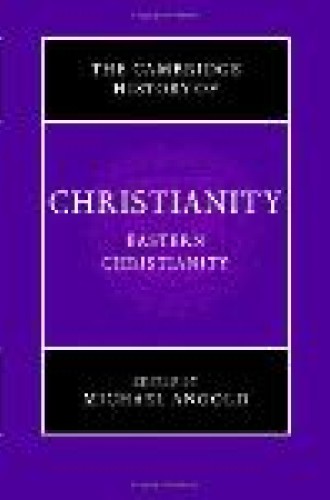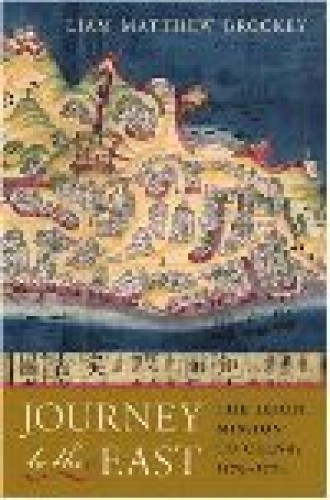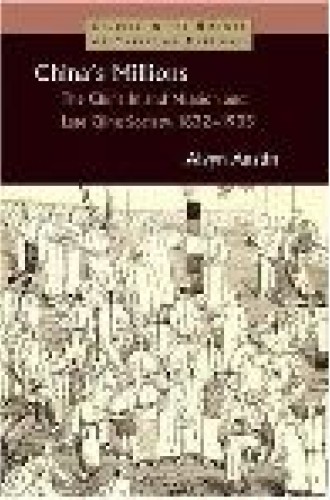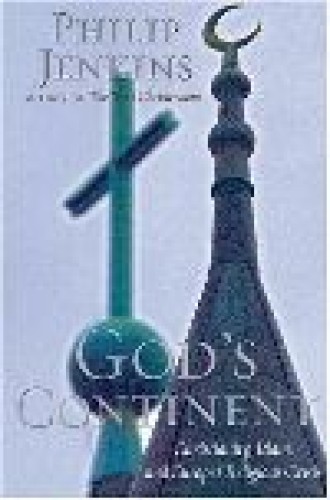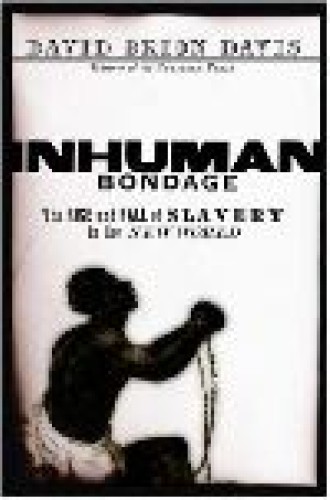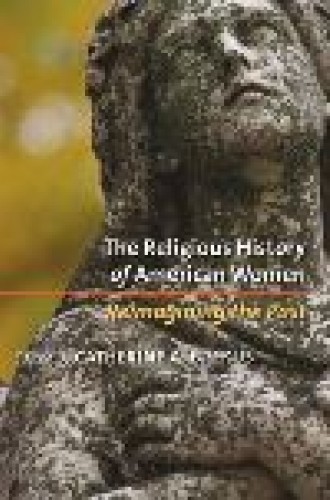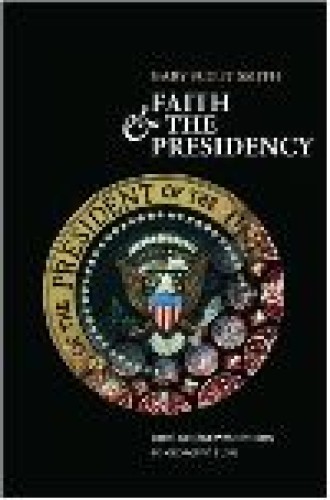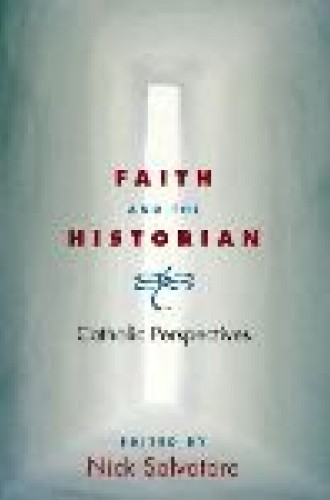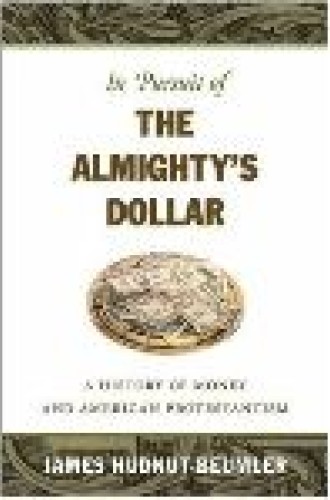Take and read
The splendid Cambridge History of Christianity rolls on with this wide-ranging and authoritative treatment of the Eastern Orthodox churches. It is distinguished by both its chronological range (from the first centuries to the present) and its geographical breadth (Armenian, Ethiopian, Coptic, Syriac and other churches, as well as the Greek and Russian).
Brockey’s great success with this authoritative study is showing how important the “assistance” of Chinese catechists and other lay helpers was for the ability of European Jesuits to carry out their extraordinary cross-cultural mission. It is a model for using European sources to spotlight the indigenous character of new Christian movements.
Similarly adept is Alvyn Austin in this wide-ranging and very well written volume. While it contains a great deal on how Hudson Taylor mobilized Western missionaries in England, the U.S. and Canada for the China Inland Mission, the book’s unusual contribution is its demonstration of how important certain Chinese, like Pastor Hsi in China’s far west, were to the advance of Protestant Christianity. As a prehistory of some of China’s currently multiplying independent churches, the book is also of great contemporary interest.
After two pathbreaking books on Christianity in parts of the world for which it is mostly a new religion, Jenkins turns his attention to the part of the world where it has long been best established. Like all of Jenkins’s books, this one queries stereotypes and punctures conventional knowledge. The result is thought-provoking insight into all three parts of his subtitle.
Davis’s lifelong of study of slavery and its contexts comes to a climax in this volume. His main concerns are economic, racial and diplomatic, but the role of religious actors—on every side and in every aspect of the rise and fall—is always an important subtheme.
Outstanding scholarship on Jonathan Edwards continues to cascade from many sources, including Stephen Stein’s own recent editing of Edwards’s biblical commentaries for the Yale edition of his works. This collaborative volume does not offer the last word on Edwards’s life, theology and ongoing influence, but its collection of authors is first-rate and the work they have produced sterling.
The editor’s programmatic introduction combines with well-researched and creatively conceived individual chapters to produce a landmark volume. The promise that women’s realms might become integral to main narratives in American religious history, instead of merely interesting adjuncts, comes very close to fruition in this volume.
At a time when presses (and readers) groan under the weight of panicky punditry on religion and the presidency, it is a welcome relief to possess Smith’s well-researched, balanced and fair-minded study of a perennially interesting topic. Among its many virtues is the author’s ability to provide sufficient historical detail on past presidents to bring into perspective judgments on the current occupant of the White House and on the large contingent of aspirants to that position.
Hudnut-Beumler’s informative history of church fund-raising is alert to how central, but also how awkward, finance has always been in American religious life. The author excels in his even-handed treatment of representatives from the left, right and center of the ecclesiastical landscape, and in his especially perceptive discussion of how developments in recent decades have posed special difficulties for what once were the nation’s mainline churches.
What makes this a history book as well as a book about history are the compelling autobiographical accounts provided by many of Salvatore’s contributors. Catholicism offers a big tent for the doing of history, with many possibilities illustrated within the book’s covers. It is especially good to have Catholic exploration of a subject that seems to have been monopolized in recent years by Protestant self-reflection.


